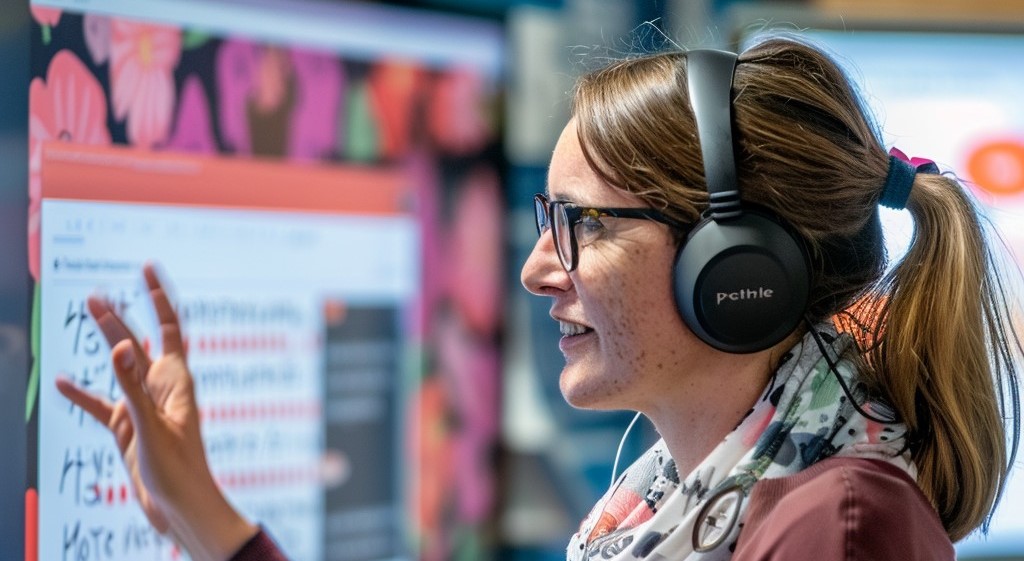

In an era where digital technology continually evolves and reshapes various facets of our lives, education is no exception. The traditional classroom model, once considered the gold standard of learning, is now complemented and, in some cases, transformed by the advent of online learning methods. This intersection of traditional and digital education gives rise to what is known as “blended learning.” Blended learning combines the best aspects of online and offline learning, creating a flexible and personalized educational experience that leverages the strengths of both methods. This blog post explores the concept of blended learning, its benefits, challenges, and practical implementations.
Blended learning is an educational approach that integrates online digital media with traditional face-to-face classroom methods. The core idea is to use online resources to complement and enhance in-person instruction rather than replace it. This model allows educators to harness the advantages of digital tools while retaining the interpersonal interaction and engagement that face-to-face teaching provides.
One of the most significant advantages of blended learning is its flexibility. Online components allow students to learn at their own pace, revisit material as needed, and fit their studies around their schedules. This flexibility can be particularly beneficial for adult learners balancing education with work and family responsibilities. Furthermore, online tools can offer personalized learning experiences through adaptive technologies that cater to individual learning styles and paces.
Blended learning provides access to a vast array of online resources that go beyond traditional textbooks. Interactive simulations, educational videos, online forums, and digital libraries can supplement classroom instruction, offering students multiple perspectives and engaging learning materials. This variety can cater to different learning styles, making education more inclusive and effective.
Combining online and offline methods can make learning more engaging. Interactive online elements such as quizzes, games, and discussion boards can make learning more dynamic and fun. In-person sessions can be used for activities that benefit from face-to-face interaction, such as group projects and discussions. This blend can help maintain student interest and motivation by diversifying the learning experience.
Research suggests that blended learning can lead to improved learning outcomes. Studies have shown that students in blended learning environments often perform better than those in purely online or traditional settings. The combination of online resources and in-person interaction can lead to deeper understanding and retention of material.
While blended learning offers numerous benefits, it also comes with its set of challenges. Understanding and addressing these challenges is crucial for the successful implementation of a blended learning approach.
Not all students have equal access to technology and the internet. Disparities in access can create challenges in a blended learning environment. Educators must be mindful of these issues and seek solutions to ensure that all students can participate fully. This may involve providing resources such as loaner devices or ensuring that online materials are accessible on various platforms.
Teachers need to be well-versed in both online and offline instructional methods to effectively implement blended learning. This requires ongoing professional development and support. Educators must not only be comfortable using technology but also skilled in integrating it into their teaching strategies in a way that complements and enhances traditional methods.
Blended learning often requires students to be self-directed and manage their time effectively. While this can be a strength, it can also be a challenge for those who struggle with motivation or time management. Providing students with clear guidance, regular feedback, and support can help address these issues.
Striking the right balance between online and offline components is crucial. Over-reliance on either method can detract from the overall effectiveness of the blended learning approach. Educators must carefully design their courses to ensure that both online and offline elements are integrated in a way that complements and enhances the learning experience.
Successful implementation of blended learning involves careful planning and consideration. Here are some steps to guide educators and institutions in integrating blended learning effectively:
Clearly define the learning objectives for the course or program. Understanding what students need to achieve will help determine how to best integrate online and offline components. Objectives should guide the selection of resources and the design of activities.
Select digital tools and platforms that align with the learning objectives and are user-friendly. Consider factors such as accessibility, compatibility with different devices, and the ability to track student progress. Tools might include learning management systems (LMS), video conferencing platforms, and interactive content creators.
Create a curriculum that effectively blends online and offline elements. Decide which parts of the course will be delivered online and which will be taught in-person. Ensure that online activities complement and reinforce face-to-face instruction, rather than duplicating it.
Offer training and support for both educators and students. Educators should receive professional development on how to use technology effectively and how to integrate it into their teaching. Students should be given guidance on how to navigate online resources and manage their learning.
Regularly assess the effectiveness of the blended learning approach. Gather feedback from students and instructors, and analyze performance data to determine what is working and what needs adjustment. Continuous evaluation helps in refining the approach and addressing any issues that arise.
Blended learning represents a dynamic and flexible approach to education that combines the best of online and offline learning methods. By integrating digital tools with traditional classroom experiences, blended learning offers enhanced flexibility, improved engagement, and a richer learning experience. However, it also presents challenges that need to be addressed through careful planning, technology selection, and ongoing support. As educational technology continues to advance, blended learning will likely play an increasingly central role in shaping the future of education. Embracing this approach can lead to more effective and personalized learning experiences, preparing students for success in an ever-evolving world.

Leave a Reply